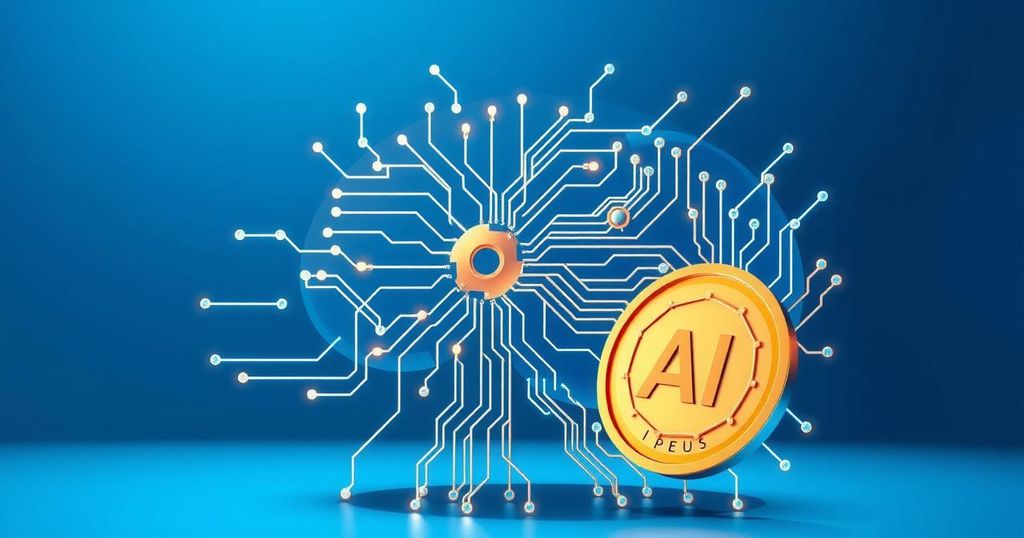AI Appreciation Day: Feeling the Pressure of Meaning Behind the Buzz
- AI Appreciation Day takes place each year on July 16.
- Experts warn against blind adoption of AI technologies.
- Michael I. Jordan emphasizes confusion around AI’s definitions.
- Mayank Kumar notes not all AI solutions suit every need.
- Evan Powell critiques the superficial celebration of AI innovations.
Deep Dive Into AI Appreciation Day and Its Challenges
In today’s tech-driven world, A.I. Appreciation Day rolls around each year on July 16, and while it’s a nice marker for recognizing the advancements in artificial intelligence, things aren’t quite as shiny beneath the surface. OpenAI’s ChatGPT and DeepSeek are just a couple of names in the ever-growing competition for dominance in generative artificial intelligence. As this landscape heats up, the word “AI” can sometimes feel more like a broad brushstroke rather than a term rooted in clarity. The rapid pace of AI’s evolution has embedded the idea in the popular consciousness: we think we know what it means. But do we really?
Perils of Blindly Adopting Artificial Intelligence
Michael I. Jordan, who’s got some serious academic chops as a professor at UC Berkeley in electrical engineering and computer science, raises critical doubts about our understanding of AI. He suggests there’s this widespread misconception that the advancements in A.I. imply an actual intelligent thought process behind the machines. This misunderstanding is, he argues, creating a dangerous gap. Businesses are rushing headlong into A.I. adoption without really grasping its intricacies or implications, and this recklessness can lead to significant pitfalls. This sentiment is echoed by Mayank Kumar, founding AI engineer at DeepTempo, who notes that, yes, A.I. holds enormous promise but also comes with numerous caveats.
The Need for Genuine Understanding of A.I.
Kumar emphasizes the need for a tailored approach rather than a one-size-fits-all mindset when it comes to A.I. technology. He brings up the crucial distinction between traditional machine learning and deep learning, which isn’t just academic jargon. Traditional methods can be slow and cumbersome, needing weeks of labeled data, while deep learning offers speed and efficiency, benefiting from vast pools of unlabelled data. This dichotomy reveals that while A.I. holds transformative power for cybersecurity and other fields, the positive impact is heavily dependent on an organization’s deep understanding and skilled application. Similarly, Evan Powell, CEO of DeepTempo, warns that while the concept of A.I. stirs excitement, there’s a risk in merely adding A.I. functionalities to existing systems without addressing the underlying flaws. It’s shiny, sure, but really might not be all that effective in the long run.
AI: Celebrating Real Advancements vs. Glossy Marketing
Powell’s analysis doesn’t shy away from the industry’s blunders, especially using cybersecurity as a prime example. The temptation to add A.I. solutions onto aging security frameworks can lead to the overhyped expectation that it can solve everything. But what organizations might find is that while they may reduce false positives, they might expose themselves to even craftier AI-generated attacks—undetected by systems that were supposed to be foolproof. This disconnect, he argues, epitomizes that empty center of innovation. AI, in this context, has become little more than a buzzword, wrapping up challenges within an attractive casing while failing to deliver on substance and clarity regarding use cases. In essence, Powell calls for a movement from mere celebration to meaningful engagement with the real mechanics of A.I.
As we mark AI Appreciation Day, it’s essential to remember that the excitement surrounding artificial intelligence should be paired with a thorough understanding of what A.I. really entails. With experts pointing out the disconnect between popular perception and the reality of A.I. capabilities, organizations are urged to reflect critically on their adoption strategies, lest they fall victim to superficial solutions without real efficacy. To grasp the true promise of A.I., we must dig beyond the surface and closely examine what fits best with our unique challenges and capabilities.




Post Comment